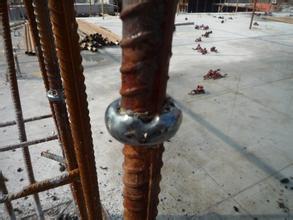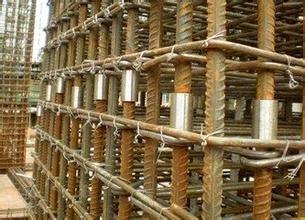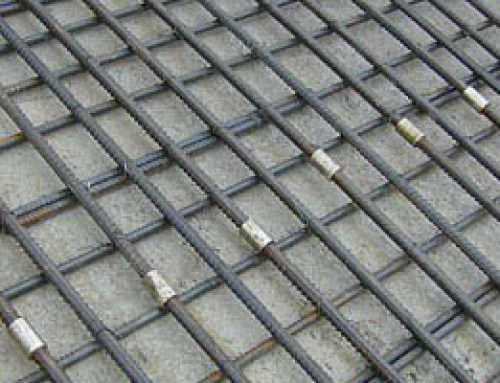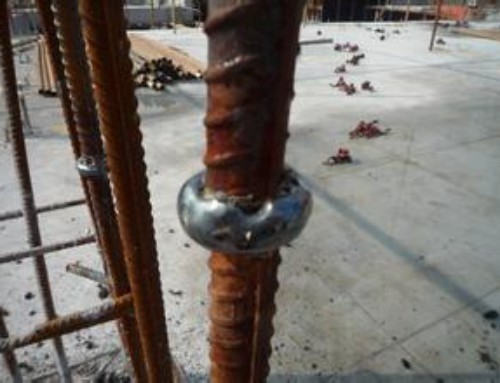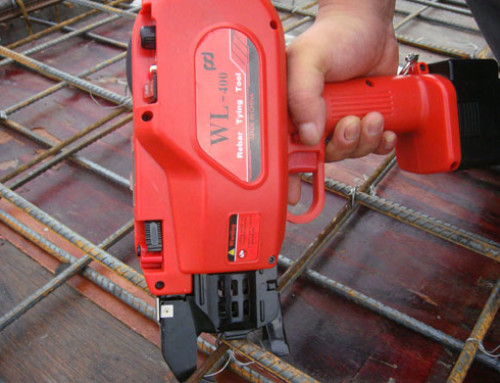It is impossible to provide full-length continuous bars in most reinforced concrete structures, because of the manufacturing, fabrication, and transportation limitations. Proper splicing of reinforcing bars is so important to the integrity of reinforced concrete.
There are three methods for rebar splicing:
Lap splices
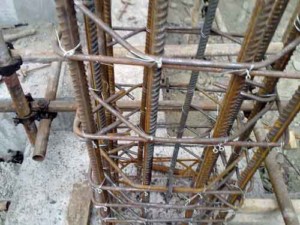
Lap Splicing is generally the most common and usually the most economical splice and welded splices usually require the most expensive field labor. However, lap splicing also brings some problems during the construction process. Lap splices cause congestion at the splice locations, sometimes making their use impossible; Splicing rebars at critical stress points; Rebar congestion making it difficult to concrete to pass trough; Insufficient lap splice length; Determining splice length when using different types of rebar; In addition. it is not permitted to use lap splice for #14 and #18 bars except in compression, only for #11 or smaller bars.
To help solve these problems, the industry has also used mechanical devices to generate rebar splices. Normally, mechanical splices use a metal device to coupling to connect two pieces of rebar. These rebars must have threaded rebar ends to fit into the coupling and then the splice is tightened onto the rebar. other types of mechanical rebar splicing systems will just grip the rebar without the need of having threaded rebar at the job site. Some of these mechanical rebar splicing systems can be installed fast and easily with hand tools; It is the ability to be used on large rebar grades; It will perform as a continuous piece of rebar, on the another way, it has a superior fatigue performance.
In conclusion, each splice method has its advantages and suitability for particular applications. If lap splices are not permitted or impractical to use, mechanical connections or welded splices must be used. For projects of all sizes, Manual arc welding will usually be the most costly method, due to direct and indirect costs of proper inspection. Mechanical connections are made with proprietary splice devices. Performance information and test data should be secured directly from manufacturers of the splice devices.

